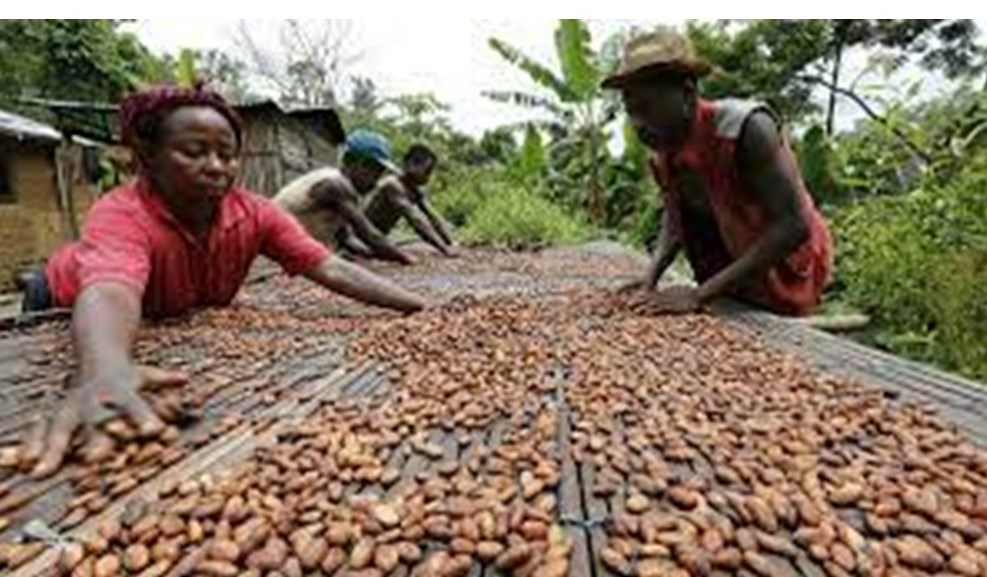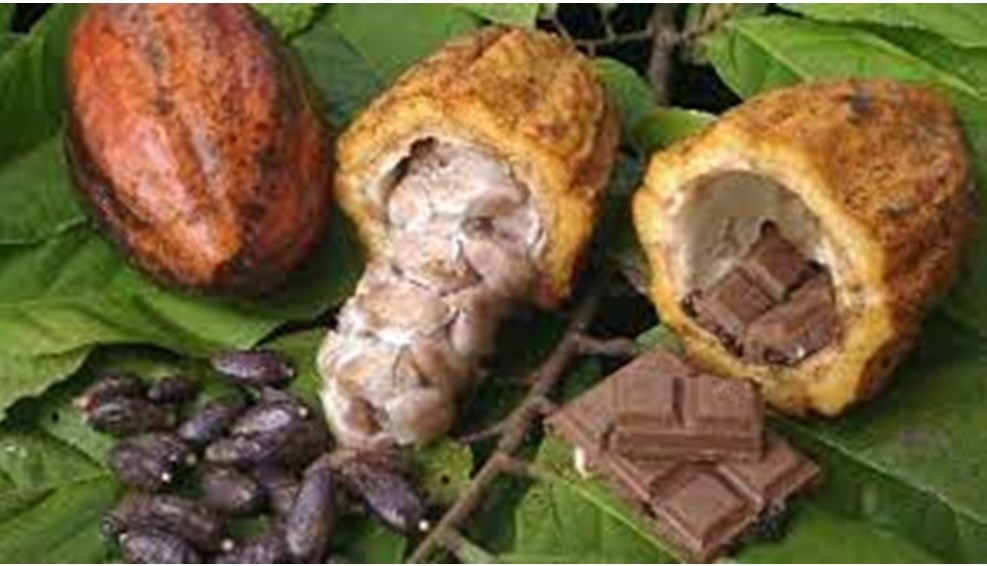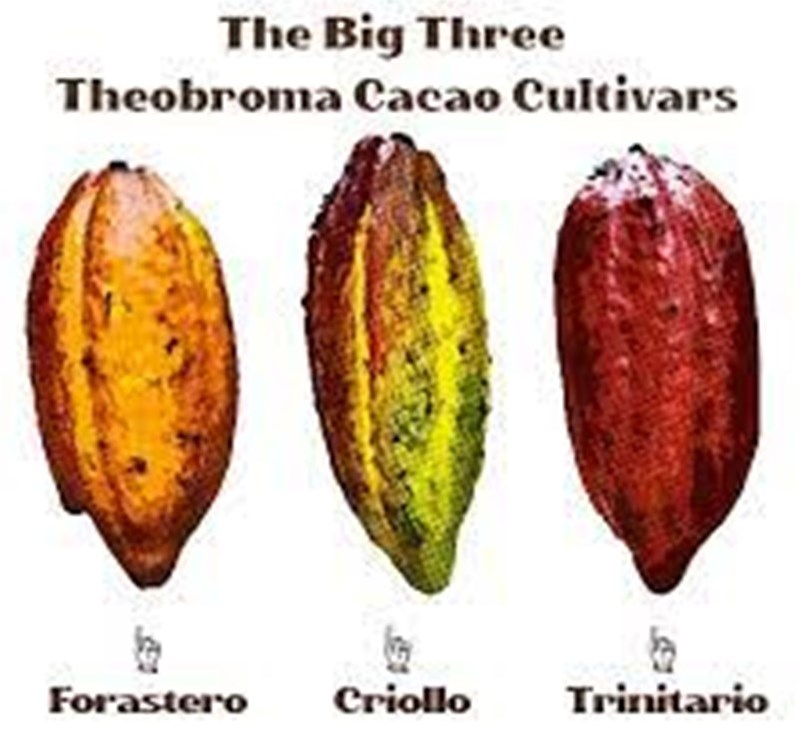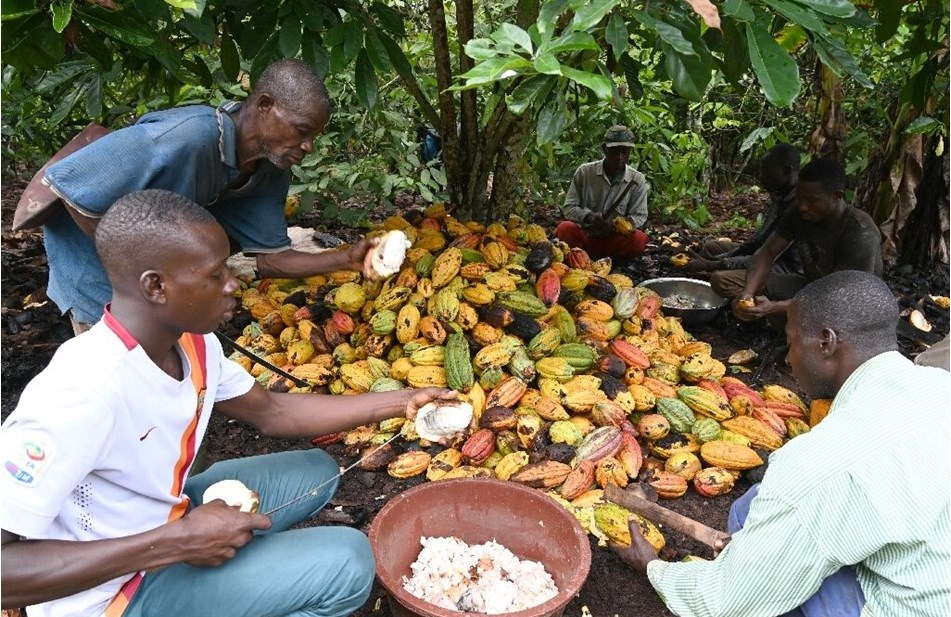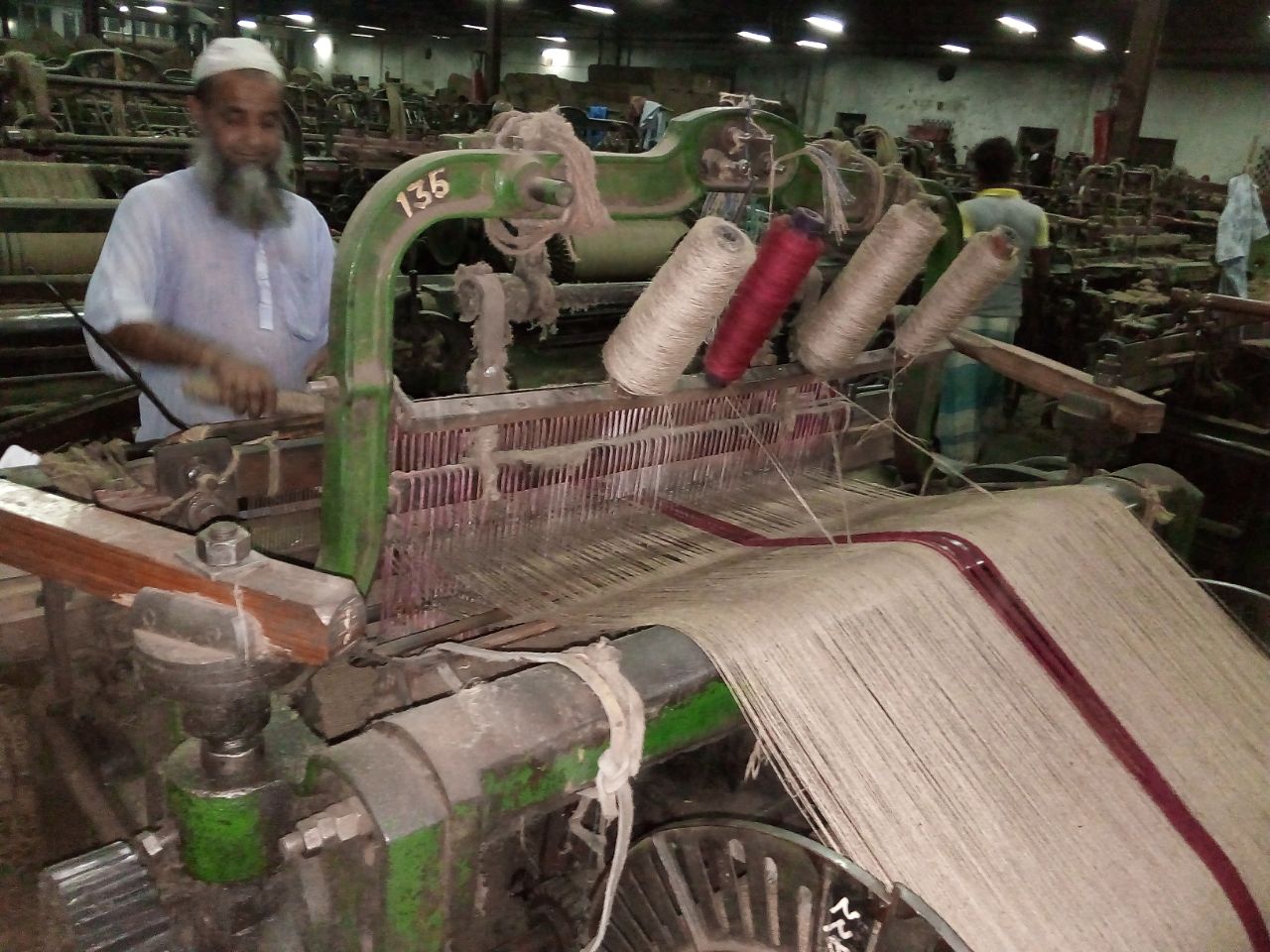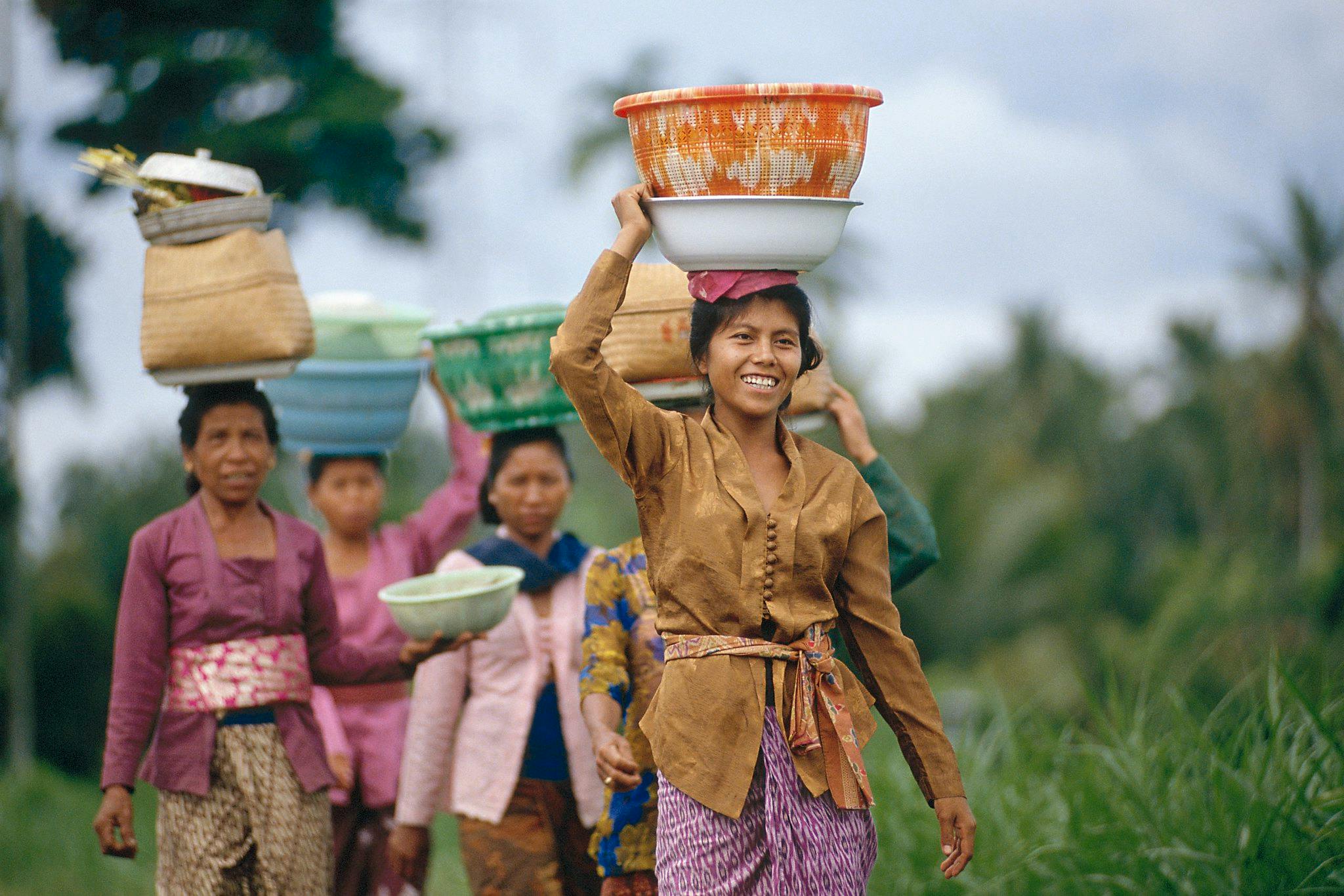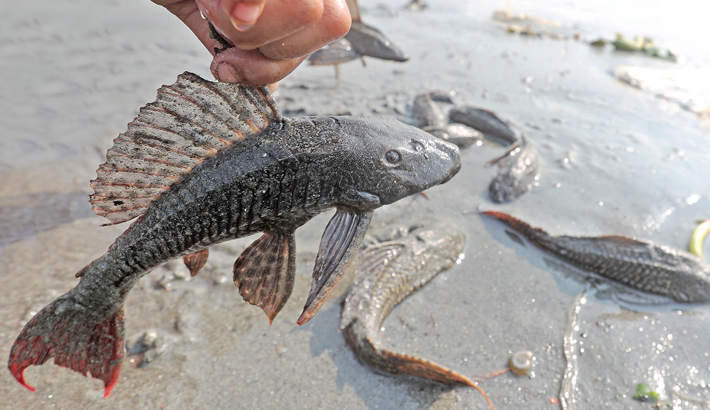Cocoa Beans
Cocoa beans are the seeds of the Theobroma cacao tree. Pods are oval-shaped. When the cocoa pods are fully ripened, the outer husk of the pod is open to remove pulp as well as the cocoa beans.
Cocoa trees are short, about 15-25 feet tall. It takes about 5 years to grow mature and start producing pods. The average cocoa tree produces 30-40 cocoa pods a year. These pods are typically harvested two times a year.
Variety:
Forastero, Criollo, and Trinitario. The first is the most widely used, comprising 80–90% of the world production of cocoa. Cocoa beans of the Criollo variety are rarer and considered a delicacy.
Country Produce Cocoa
- Mexico
- Venezuela
- Ecuador
- Brazil
- Ivory Coast
- Ghana
- Nigeria
- Cameroon
- Gabon
- Java
- Sumatra
- Philippines
- Ceylon and Indonesia.
Cocoa Cultivation and Processing
The cacao plant is one of the most difficult to cultivate. In order to protect the flowers from the strong winds, planters put up protective barriers sometimes using banana plants, acacia trees or other plants for shading.
How many Seeds :
The average cacao pod contains 30 to 40. Seeds take 20 to 25 pods
After the cacao beans are removed from the fruit, they undergo a 5–6-day fermentation. This process helps develop their heady aroma. After the beans are dried for 1-2 weeks, they are ready to be cleaned, graded, packed, and shipped.
Once the beans reach their final destination, they are sorted again to remove any bad beans. First, the beans are roasted and shelled to obtain the center cacao kernel. The kernels are then crushed into smaller bits called nibs. The nibs are then roasted again and finally are ground into the thick, dark-brown paste called chocolate liquor.
Chocolate liquor is the base from which all chocolate products are made. Pure chocolate liquor contains 53 to 55 percent cocoa butter. Further processing by blending it with sugar and other chocolates to produce the sweetened chocolate bars we know.
Chocolate Production from Cocoa Bean:
To make 1 kg (2.2 lb) of chocolate, about 300 to 600 beans are processed, depending on the desired cocoa content. The beans are roasted & are cracked then deshelled by a “winnower”. This “liquor” is then further processed into chocolate by mixing in (more) cocoa butter and sugar (and sometimes vanilla and lecithin as an emulsifier), and then refined, conched and tempered. Alternatively, it can be separated into cocoa powder and cocoa butter using a hydraulic press or the Broma process. This process produces around 50% cocoa butter and 50% cocoa powder.
Cocoa is acidic, so when cocoa is treated with an alkaline ingredient, generally potassium carbonate, the pH increases. This process can be done at various stages during manufacturing, including during nib treatment, liquor treatment, or press cake treatment.
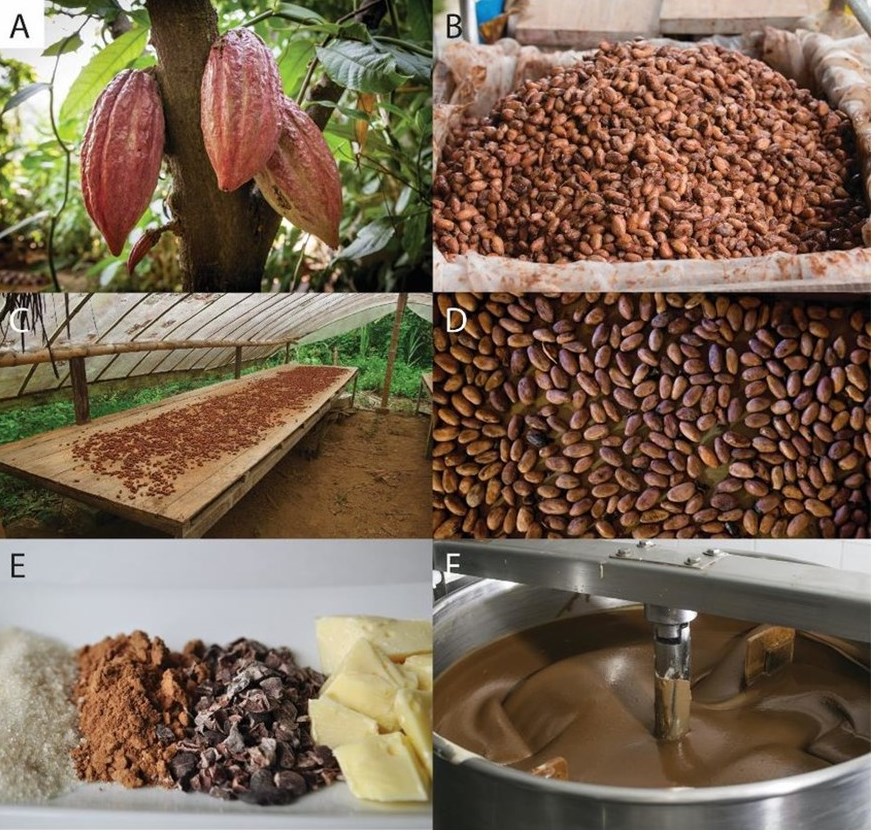
What are the characteristics of good cocoa beans?
The best beans quality is:
- 4 and 5 days of fermentation
- Temperature of around 45-47°C,
- pH around 5-5.4,
- Total acid around 0.90%.
- fat content around 50.45 %, and the water content is quite low around 4.97%
More Cocoa Jute Sacks from Asia Jute:
https://asiajute.com/jute-products/
https://asiajute.com/product-category/bangladesh-jute-bag/
https://asiajute.com/product-category/bangladesh-jute-bag/jute-sack/
https://asiajute.com/product-category/bangladesh-jute-bag/jute-sack/cocoa-jute-sack/
https://asiajute.com/product-category/bangladesh-jute-bag/b-twill-jute-bag-best-selling-bag/
https://asiajute.com/product-category/bangladesh-jute-bag/dw-jute-bag-best-selling-double-warp-jute-sack-bag/
https://asiajute.com/product-category/bangladesh-jute-bag/jute-sack/burlap-sack-best-selling-jute-bag/
https://asiajute.com/product-category/bangladesh-jute-bag/jute-sack/hessian-sack/
https://asiajute.com/product-category/bangladesh-jute-bag/jute-sack/coffee-bag/
https://asiajute.com/product-category/bangladesh-jute-bag/b-twill-jute-bag-best-selling-bag/food-grade-jute-bag/
https://asiajute.com/product-category/bangladesh-jute-bag/b-twill-jute-bag-best-selling-bag/hydrocarbon-free-jute-bag/
For Any Kind of Jute Fabric: https://asiajute.com/product-category/jute-fabrics/
For Any Kind of Jute Yarn:
https://asiajute.com/product-category/jute-yarn/
https://asiajute.com/product-category/cb-quality-jute-yarn/
https://asiajute.com/product-category/jute-yarn/crm-quality-jute-yarn/
https://asiajute.com/product-category/jute-yarn/crx-quality-jute-yarn/
https://asiajute.com/product-category/jute-yarn/crp-quality-jute-yarn/
https://asiajute.com/product-category/jute-yarn/crt-quality-jute-yarn/
https://asiajute.com/product-category/jute-yarn/hessian-quality-jute-yarn/
https://asiajute.com/product-category/jute-yarn/sacking-quality-jute-yarn/

